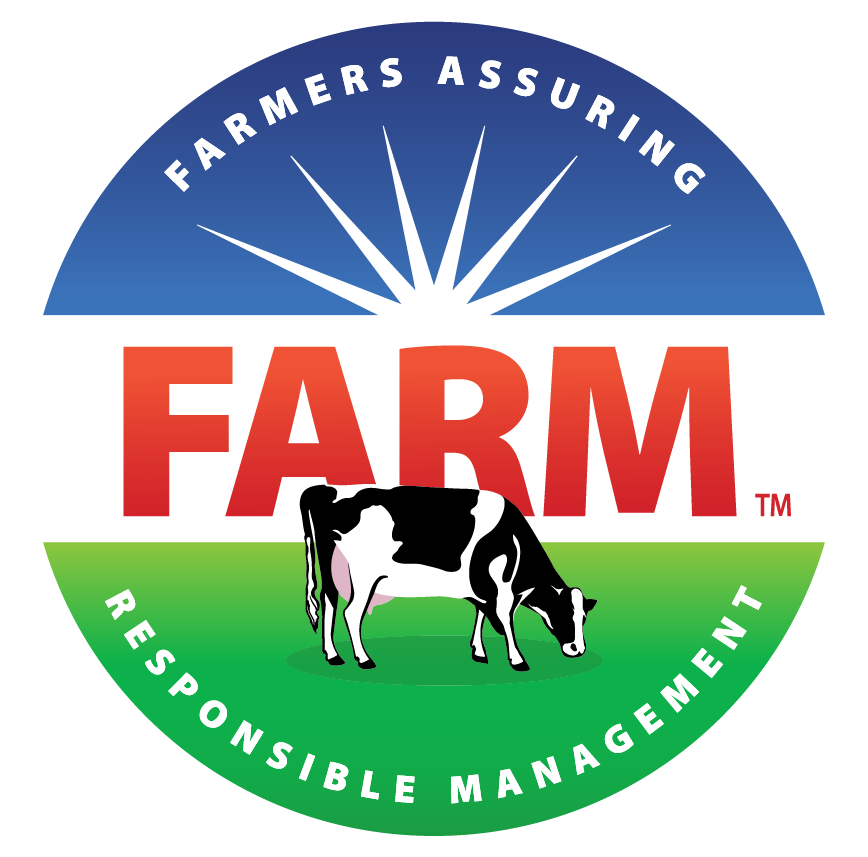Cow comfort is one of the most important things dairy farmers do for their cows. When animals are happy and treated well, they respond by producing more milk. At Fair Oaks Farms, we pay special attention to animal husbandry or cow comfort. We have a staff of veterinarians, animal nutritionists and herdsmen available 24 hours a day to attend to any cow’s health needs. This includes protecting cows from wind and moisture, keeping weather troughs clean and warm, and keeping their walking areas clear.
But cow comfort is just one aspect of being a responsible steward of the environment. Our farms all operate on a closed-loop system. We grow our own corn silage and alfalfa for cow feed. The cow manure is put in a methane digester and then transferred as a gas to generators that power the farms. The digester biosolids are applied to the field to renew the top soil and the liquid is used for irrigation. Solid or liquid, the nutrients feed the land and start the cycle all over again.
I am proud to be part of the dairy supply chain, from farmers like myself to processors to distributors and retailers, working together to find and use best practices so dairy foods can continue contributing to the well-being of people and the earth for generations to come.
Learn more about sustainability at USDairy.com.
